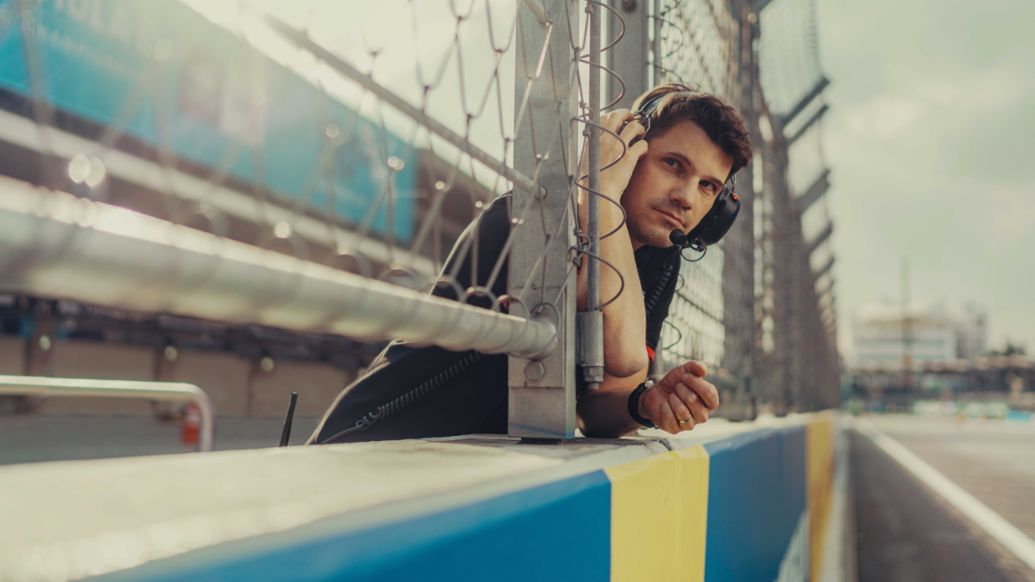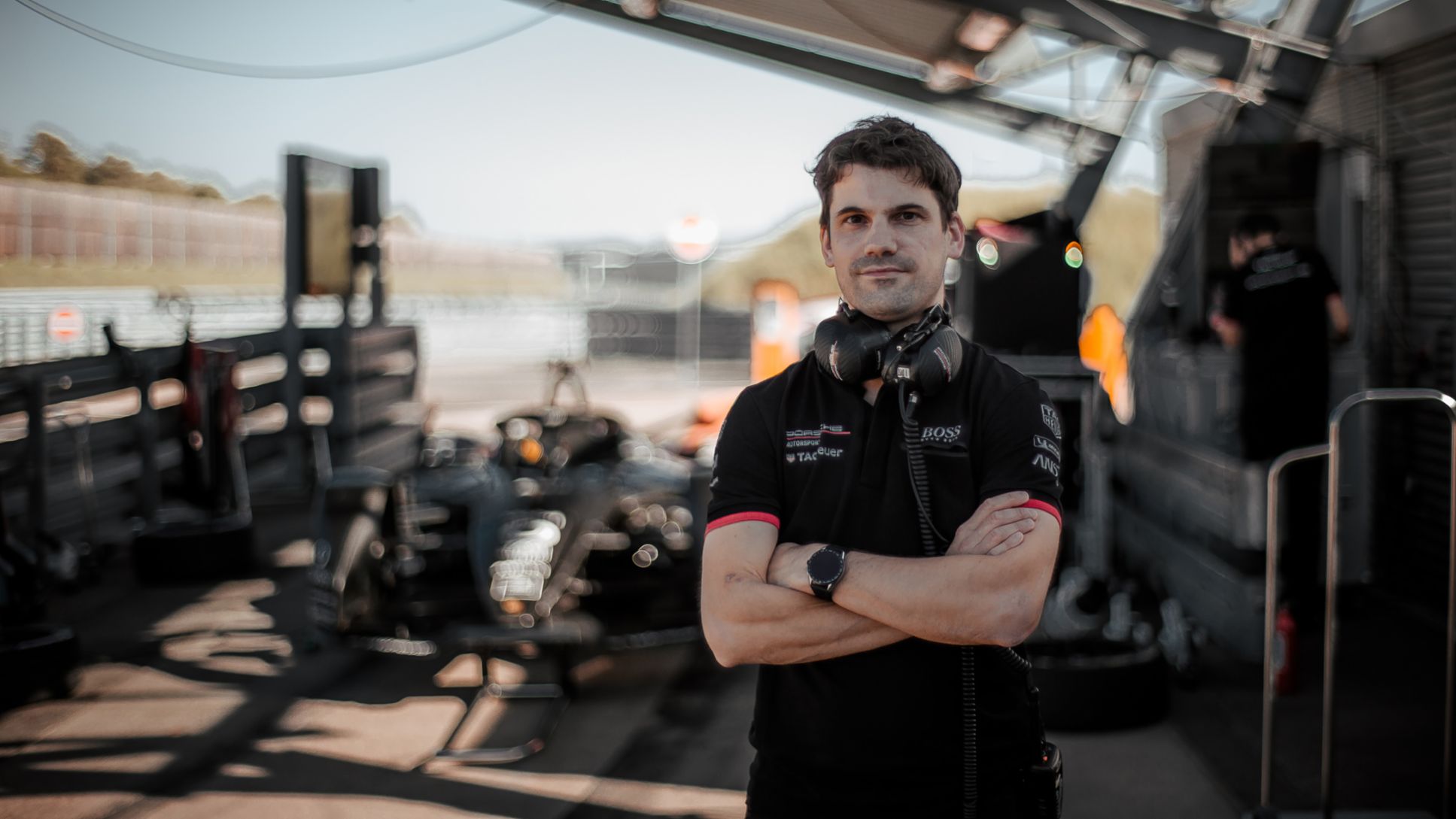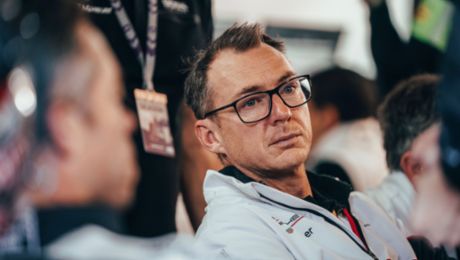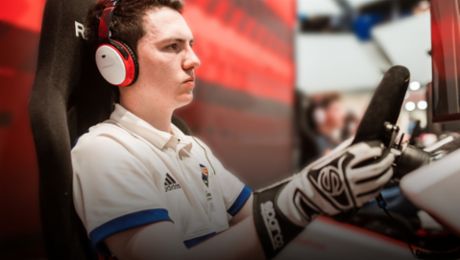For the Porsche engineers and mechanics, preparations are currently in full swing. While there has previously been a maximum of two races per event, as at the season-opener in Saudi Arabia, André Lotterer and Neel Jani now face six races on three different layouts.
Check-up for the Porsche 99X Electric
After the most recent Formula E race in Marrakesh, the Porsche equipment headed to Valencia at the start of March, where it was stored at ‘Circuit Ricardo Tormo’. The freight arrived in Weissach at the start of June. That gave the team the opportunity to give the two Porsche 99X Electric a thorough check. Under normal circumstances, engineers would not have this opportunity between events, as the cars are transported straight to the next race. “In recent months, the unique situation has meant that we have had more time to work on certain developments, such as the software,” said Huneke. “We took this opportunity to forge ahead with quick improvements for Berlin.”
Preparing for three different layouts
One thing that makes the season finale in Berlin so special is the compact format. “Pre-event planning is completely different to previous events. The three different layouts mean that we must basically prepare for three different events at the same time – with the difference being that there is hardly any time between races to prepare for the next double-header,” said Huneke.
There is usually a clear schedule comprising simulator work, the race itself and the analysis of the event each take one week. The processes will be different for Berlin. Preparation time is about three weeks, then everything comes thick and fast at the circuit. “After the first double-header, we must prepare very quickly for the next event and call on our full potential when it matters,” said Huneke. The learning process usually takes place between races, but there is no time for details. “It is definitely going to be a challenge. However, I am confident that we will cope with the circumstances.”
Simulator work forms the basis
The three Berlin-Tempelhof layouts were announced last week by Formula E. Races six and seven (5th/6th August) will take place on the same Formula E track as last year, but in the opposite direction. The second double-header (8th/9th August) will be held on the regular Formula E circuit, before the final two races (12th/13th August) are contested on a newly designed layout. The different track configurations serve as the starting point for preparations in the simulator. One feature of Berlin-Tempelhof is the concrete slabs that have a significant influence on tyre management. Huneke’s view is that “Thermo management is one thing that will play a key role. As such, we are preparing for various scenarios in the simulator.”

A big opportunity
The unique finale to the Formula E season presents the TAG Heuer Porsche Formula E Team with a number of challenges, which could actually provide opportunities. “The conditions are the same for everyone, even though we do not yet have any reference figures for Berlin-Tempelhof,” said Huneke. “It will be interesting to see how the relative performance of all the teams develops across the six races.” The TAG Heuer Porsche Formula E Team still has more than half this season’s races ahead of it, and there is still everything to play for in the Driver and Team competitions. Whatever happens, the Formula E champions will be crowned in Berlin. It is going to be exciting right down to the final lap.






